Massachusetts, known for its rich history and vibrant cities, is facing an increasingly persistent and unsettling issue: bed bugs. These tiny insects are creating big problems across the state, particularly in densely populated areas. Far from being confined to unsanitary locations, bed bugs have made their way into upscale apartments, dormitories, hotels, and even hospitals. Their presence isn’t just an inconvenience—it’s a public health and housing challenge.
In recent years, several Massachusetts cities have been identified among the most bed bug-infested in the country. As infestations rise, local governments are stepping up their efforts to combat this outbreak using education, policy changes, and aggressive pest control tactics. This article explores how five key cities—Boston, Cambridge, Somerville, Lawrence, and Worcester—are battling the surge and what makes this pest such a formidable foe.
Boston’s Bed Bug Problem: The Hub Strikes Back
Boston, the state’s capital and largest city, finds itself at the forefront of the bed bug crisis. Pest control companies in the area have reported a noticeable uptick in service calls, especially in apartment complexes, public housing, and short-term rentals. Neighborhoods like Roxbury, East Boston, and Dorchester are particularly affected due to higher-density housing.
In response, Boston’s city officials have implemented an enhanced inspection regime for shelters, low-income housing, and senior living facilities. Property managers in multi-unit buildings are now encouraged to adopt integrated pest management (IPM) programs. These programs include regular inspections, resident education, and professional treatment schedules.
The city’s health department has launched outreach campaigns using social media, neighborhood events, and partnerships with community organizations. They aim to teach residents how to identify signs of bed bugs—such as bites, blood spots on sheets, and visible insects—before infestations spread. With rising urban density and global travel, Boston understands that a proactive approach is the only sustainable solution.
Cambridge: A High-Tech City Takes on a Low-Tech Threat
Cambridge may be known for its intellectual prowess and prestigious universities, but it hasn’t been spared from the bed bug battle. University dormitories, rental apartments, and even libraries have experienced outbreaks in recent years. Student housing and transient living arrangements, in particular, have proven to be hotspots.
The city has responded with high-tech detection strategies including canine inspection units and heat-mapping systems. Many property managers now use steam-based treatments and mattress encasements as preventive measures. Universities and private landlords are mandated to notify tenants of any confirmed infestations and take immediate remedial actions.
One innovative approach includes the deployment of mobile heat-treatment vans. These specially designed vehicles use industrial heaters to raise temperatures of furniture and mattresses to lethal levels for bed bugs. Residents can schedule appointments to have their belongings thermally treated on-site.
Cambridge also provides financial assistance to low-income renters, helping them purchase protective bedding, steam cleaners, and other preventive tools. The city’s integrated strategy of technology, education, and accessibility has been key to curbing the spread of infestations.
Somerville: Community Collaboration in Action
Somerville, a densely populated city north of Boston, has not been immune to the bed bug scourge. With its mixture of old housing stock, student rentals, and cooperative living spaces, the city provides ideal conditions for infestations to take hold and spread quickly.
In Somerville, the response has been centered around community engagement. The city’s public health office works closely with neighborhood groups, co-op housing boards, and nonprofits to host “pest prevention workshops.” These interactive events teach residents how to spot early signs of bed bugs, perform DIY inspections, and reduce clutter that offers hiding spots for the pests.
Tenant advocacy groups have been instrumental in pressing landlords to follow stricter pest control protocols. Regulations now require immediate treatment following a confirmed sighting, and failure to comply can result in fines.
Another community-driven initiative involves distributing mattress encasements, interceptors, and steamers to households in high-risk areas. With support from local volunteers, the city has created a rapid response network to assist residents with both preventive and corrective measures.
Lawrence: Fighting Infestations with Limited Resources
Lawrence, a historically working-class city in northeastern Massachusetts, faces a particularly difficult struggle. High rates of poverty, overcrowding, and older buildings make the city especially vulnerable to widespread infestations. Many residents live in rental units with minimal maintenance, and the cost of professional extermination services can be prohibitive.
To counter these challenges, Lawrence established a specialized bed bug task force made up of health inspectors, community leaders, landlords, and nonprofit organizations. This group works together to identify problem areas, educate the public, and coordinate treatment efforts.
A major win for the city came when it secured private grants to provide emergency resources to affected families. This includes free mattress replacements, vacuum sealable storage bags, and access to subsidized pest control services. The city also launched a 48-hour inspection response program, ensuring that complaints are dealt with promptly.
Through outreach and innovation, Lawrence is proving that even cities with limited resources can develop effective strategies for protecting their residents.
Worcester: A Central Massachusetts Stronghold Pushes Back
Worcester, Massachusetts’ second-largest city, sits in the heart of the state and is home to a diverse population. While not as densely populated as Boston or Cambridge, Worcester has seen an increasing number of bed bug reports, particularly in older multifamily homes and housing developments.
The city’s approach has been multifaceted. Public health officials have integrated bed bug surveillance into regular housing inspections. Landlords are required to document any infestations and provide treatment records upon request. In many cases, they must arrange for professional extermination before new tenants can move in.
One of Worcester’s standout initiatives is its “Bed Bug Blitz” campaign. In targeted neighborhoods, city workers go door-to-door offering free inspections, educational materials, and simple preventive tools like interceptors for bed legs. This proactive strategy has been credited with dramatically reducing the number of new infestations in participating districts.
Additionally, Worcester has partnered with local pest control companies to provide discounted services for low-income families. By working closely with landlords and tenants, the city is taking steps to ensure no community is left behind in the fight against these pests.
Why Bed Bugs Thrive in Massachusetts Cities
Understanding why bed bugs are such a persistent issue in urban environments can help explain why so many Massachusetts cities are struggling.
-
Durability: Bed bugs are incredibly resilient. Adult bugs can survive for months without feeding, and eggs can remain dormant in tiny crevices for long periods before hatching.
-
Mobility: These insects are hitchhikers. They travel easily between units in an apartment building and can be brought in via luggage, furniture, or even clothing.
-
Temperature Tolerance: Bed bugs can survive both hot summers and cold winters, especially when they’re living inside temperature-regulated homes and apartments.
-
Resistance to Pesticides: Over the years, many strains of bed bugs have developed resistance to common chemical treatments, making extermination more complex and costly.
These traits make bed bugs hard to detect, easy to spread, and difficult to eliminate—especially in densely populated urban areas with lots of shared living spaces.
A Statewide Problem: Other Cities on Alert
Beyond the five cities discussed in depth, several others across Massachusetts are also experiencing a bed bug resurgence. Cities like New Bedford, Fall River, Lowell, Brockton, Lynn, Quincy, and Springfield have all reported increased infestations. Many of these communities share similar risk factors—aging housing stock, high population density, and limited access to affordable pest control.
Each municipality is developing its own tailored approach to the problem, but collaboration with state health authorities and regional pest management firms remains critical to success.
Statewide Strategy: Massachusetts’ Official Protocol
The Massachusetts Department of Public Health has issued a statewide bed bug protocol that provides detailed guidance on identification, treatment, and prevention. This protocol emphasizes:
-
Integrated Pest Management (IPM), focusing on long-term prevention rather than short-term extermination.
-
Thermal and steam treatments as preferred non-chemical solutions.
-
Tenant and landlord responsibilities for timely reporting and treatment.
-
Public education campaigns to raise awareness about early signs of infestation.
-
The use of trained professionals for detection, including canine inspection teams where available.
The state’s support has enabled local governments to build structured, coordinated responses that combine science, policy, and public participation.
How Residents Can Protect Themselves
While cities and state officials are ramping up their efforts, individual vigilance remains essential. Massachusetts residents can take several steps to protect their homes and families:
-
Inspect beds, mattresses, and upholstered furniture regularly for signs of bugs.
-
Use mattress encasements and bed bug interceptors under furniture legs.
-
Reduce clutter to limit hiding places.
-
Avoid bringing used furniture indoors without thoroughly inspecting and cleaning it.
-
When traveling, keep luggage elevated and inspect hotel beds before unpacking.
-
Wash clothing and bedding on high heat after returning home from trips.
The earlier an infestation is detected, the easier and less expensive it is to resolve.
Innovative Ideas Making a Difference
Several unique solutions have emerged from Massachusetts cities:
-
Heat Treatment Vans: Mobile units that can thermally treat furniture and mattresses.
-
Canine Inspection Teams: Trained dogs can detect infestations more accurately and quickly than humans.
-
Neighborhood Blitz Programs: Community-wide inspections and treatments that address multiple households at once.
-
Workshops and Outreach: Free public events teaching practical prevention and DIY treatment tips.
These initiatives demonstrate that with creativity and coordination, communities can stay ahead of the infestation curve.
The Road Ahead: Toward a Bug-Free Commonwealth
Massachusetts cities have come a long way in recognizing and responding to the threat of bed bugs. From Boston’s citywide inspections to Lawrence’s grassroots campaigns, the Commonwealth is demonstrating how a blend of public policy, community action, and individual responsibility can curb even the most stubborn infestations.
But challenges remain. Wealth disparities, building quality, and public awareness gaps still limit the reach of many programs. As the state looks ahead, continued investment in education, affordable pest control, and stronger tenant protections will be key to turning the tide.
The bed bug battle may be long, but with vigilance, support, and science on our side, Massachusetts is well-positioned to reclaim its homes, buildings, and neighborhoods from this persistent pest.

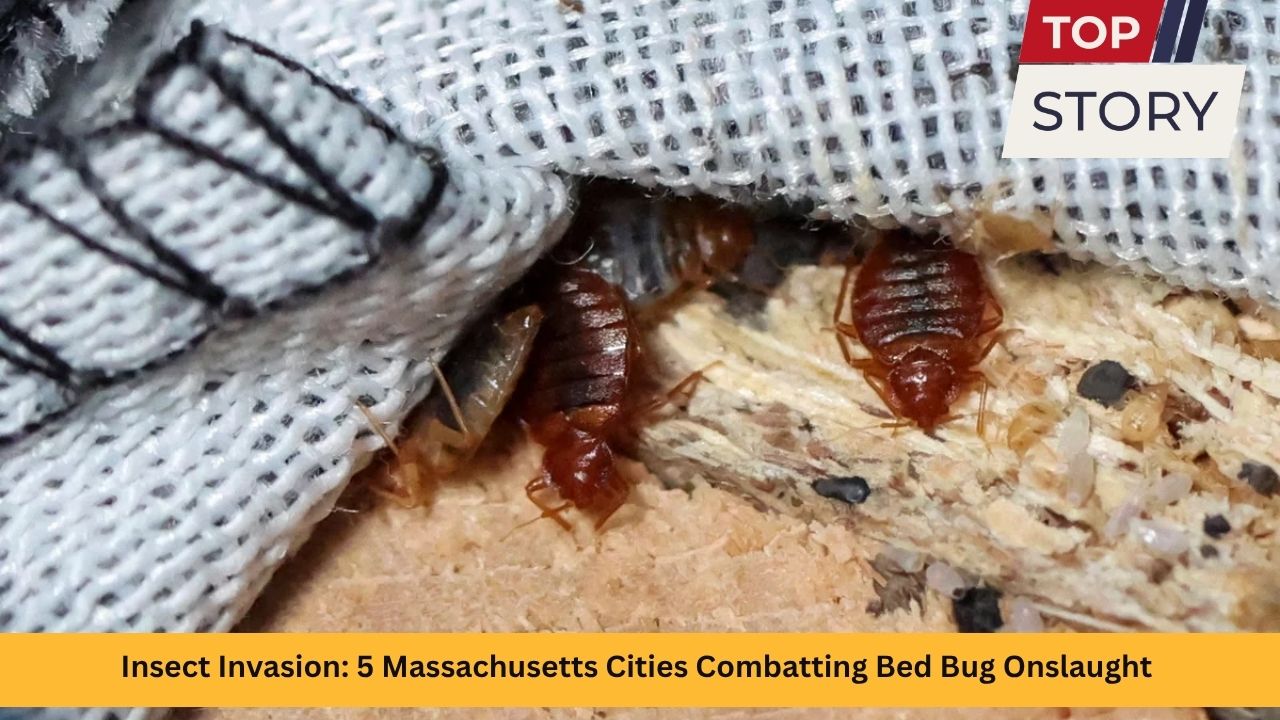




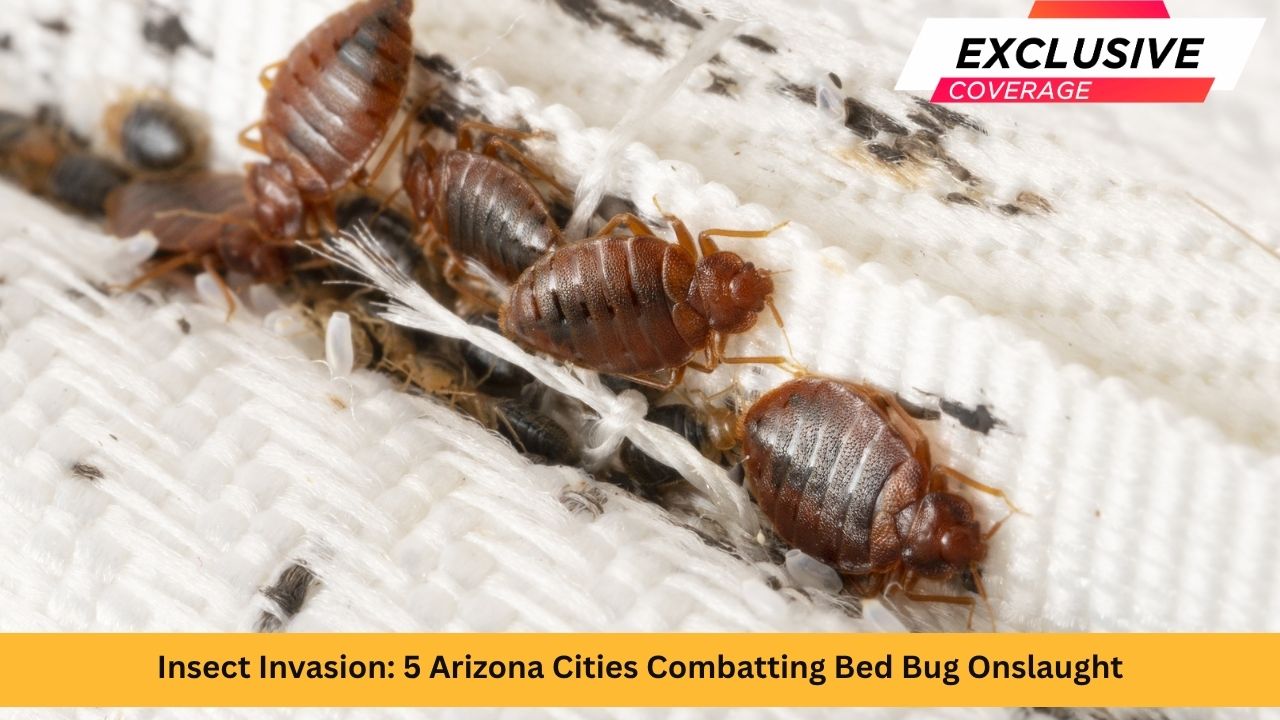



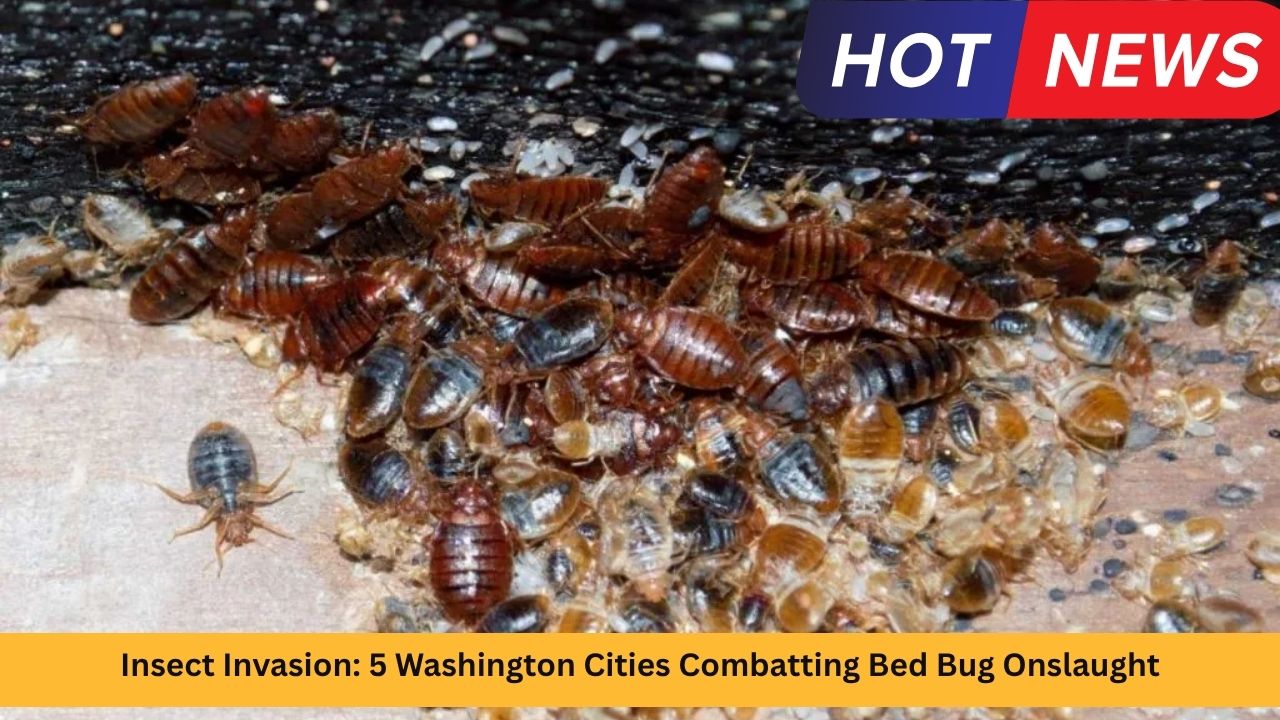

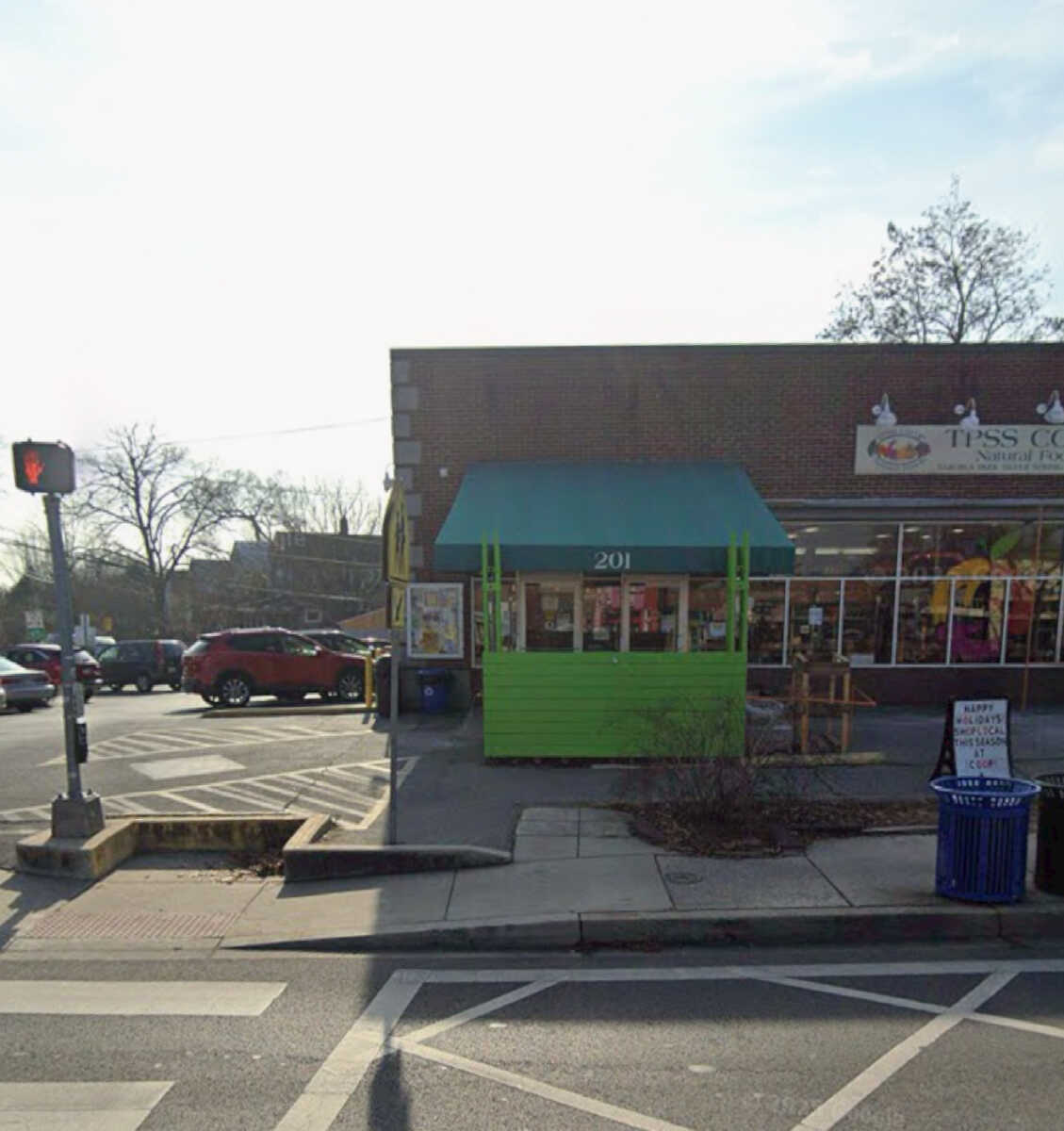
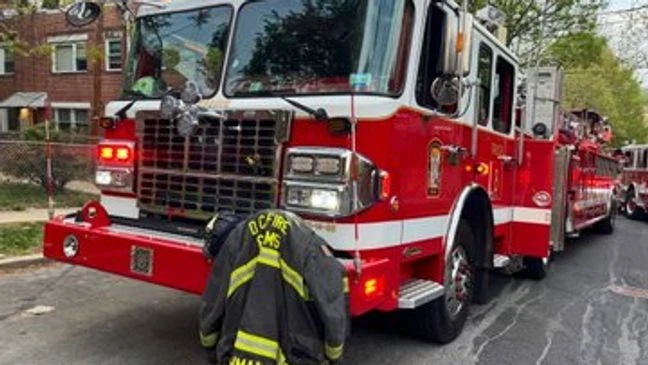


Leave a Reply